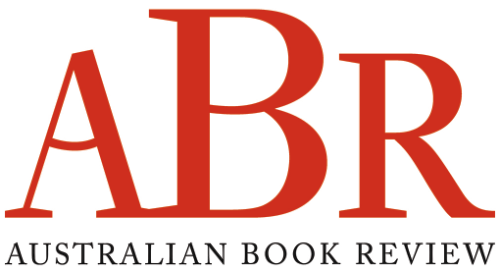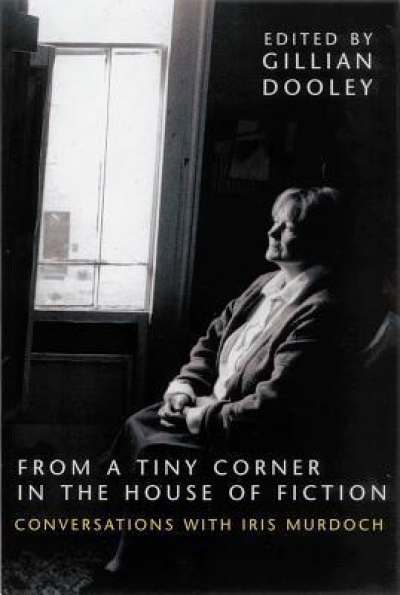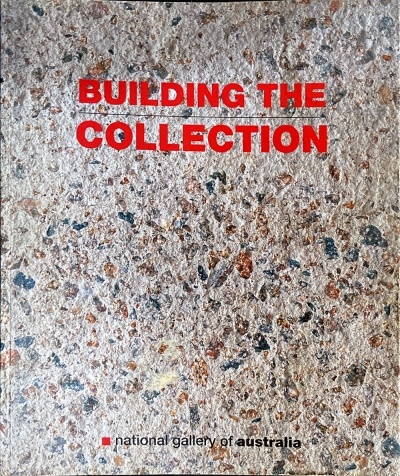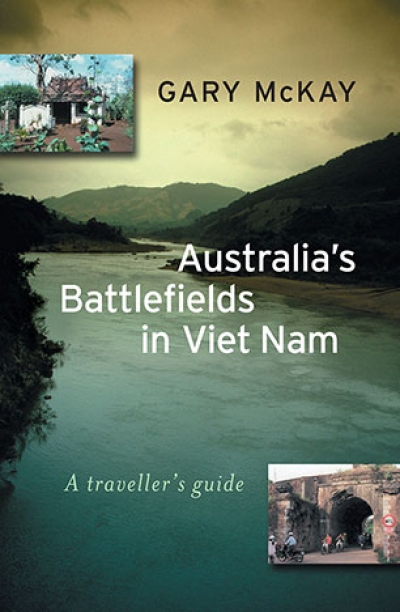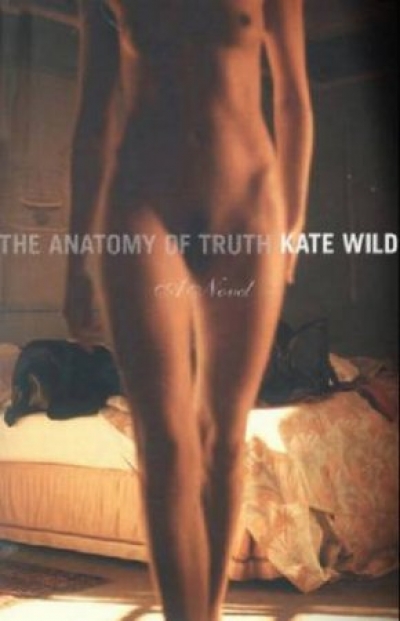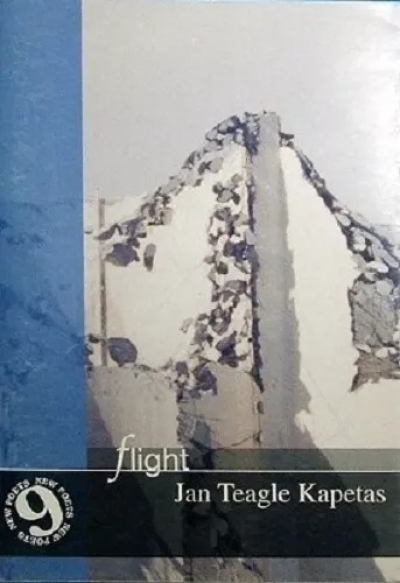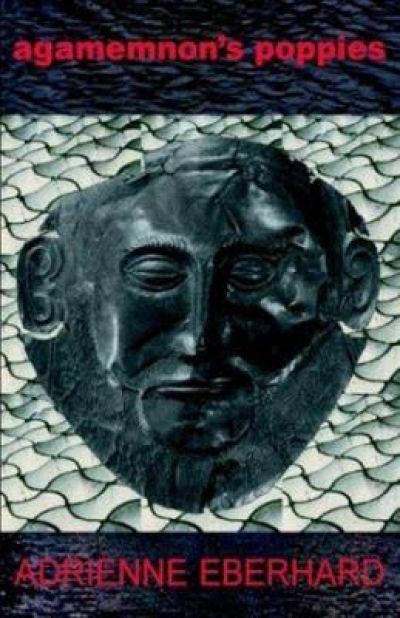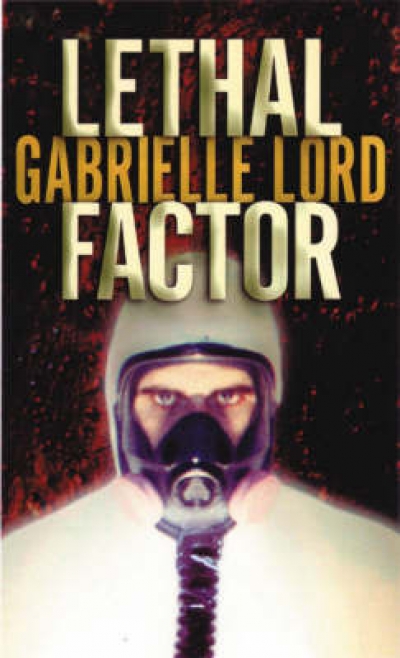Review
Women on the Rocks: A tale of two convicts by Kristin Williamson
by Gillian Dooley •
From a tiny corner in the House of Fiction: Conversations with Iris Murdoch edited by Gillian Dooley
by Andrea Goldsmith •
Peace, Order and Good Government: State Constitutional and Parliamentary Reform edited by Clement Macintyre and John Williams
by Grant Bailey •
What Australia Means to Me by Bob Carr & Bob Carr by Andrew West and Rachel Morris
by Beverley Kingston •
Australia’s Battlefields in Viet Nam by Gary McKay & On the Offensive by Ian McNeill and Ashley Ekins
by Jeffrey Grey •
An invaluable testing ground, the pamphlet provides emerging poets with their first real opportunity to gauge critical response prior to the publication of first collections. For readers, it brings continuity to work that, in all likelihood, has appeared haphazardly in newspapers and magazines.
... (read more)Agamemnon’s Poppies by Adrienne Eberhard & The Weight of Irises by Nicolette Stasko
by Jennifer Strauss •
